Last Call: The Final Days of Hua Lamphong
After 105 years in service, Thailand’s “Grand Central” station is likely closing down for good by the end of 2021. This beautiful grand building will definitely be assigned a new role, even though it’s still uncertain what will happen when the time comes. The SRT officers prefer to use the term “reduced role” instead of “closing down.”
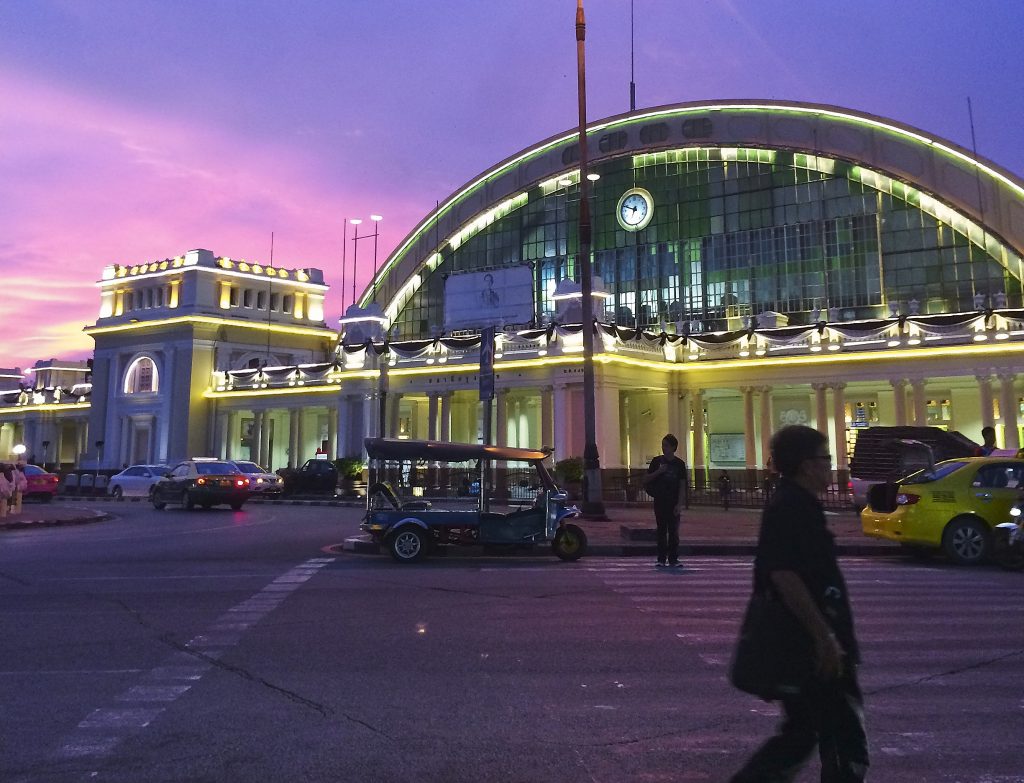

“Suburban train No. 339 from Bangkok station bound for Kaeng Koi joint is about to leave from platform No. 4. All passengers, please get on board and check your belongings before leaving.” The PA announcer’s voice echoed through the hall.
Only a few passengers were milling around, even though the evening rush hour was approaching. I found myself for a while completely alone on the platform. Inside the main waiting hall, it was also eerily quiet. People were sitting on the purple faux-leather chairs that were arranged “church-like” with an aisle down the middle. It felt like a cathedral as a heavenly beam of light shined down through the enormous half-oval stained-glass window. No one sat or reclined beside their bags on the floor like they used to. A handful of security guards were keeping watch on the passengers. One yelled at a little girl in a white dress, telling her to stop chasing two stray pigeons and to go back to her seat.
On the east side of the hall, I thought about ascending that grand marble bifurcated staircase once again to look down at the charming interior of the former hotel. A young security guard sitting behind an old wooden desk on the landing, halfway up the stairs, jumped off his seat to prevent me from passing. “No one is allowed up here except for train officials,” he said.
“Oh, well. Is it possible if I stand right where you are and just look to the upper deck? I just want to have a look,” I begged.
He reluctantly let me, saying, “Just make sure you don’t go any further.”
There was definitely no check point the last time I was there.
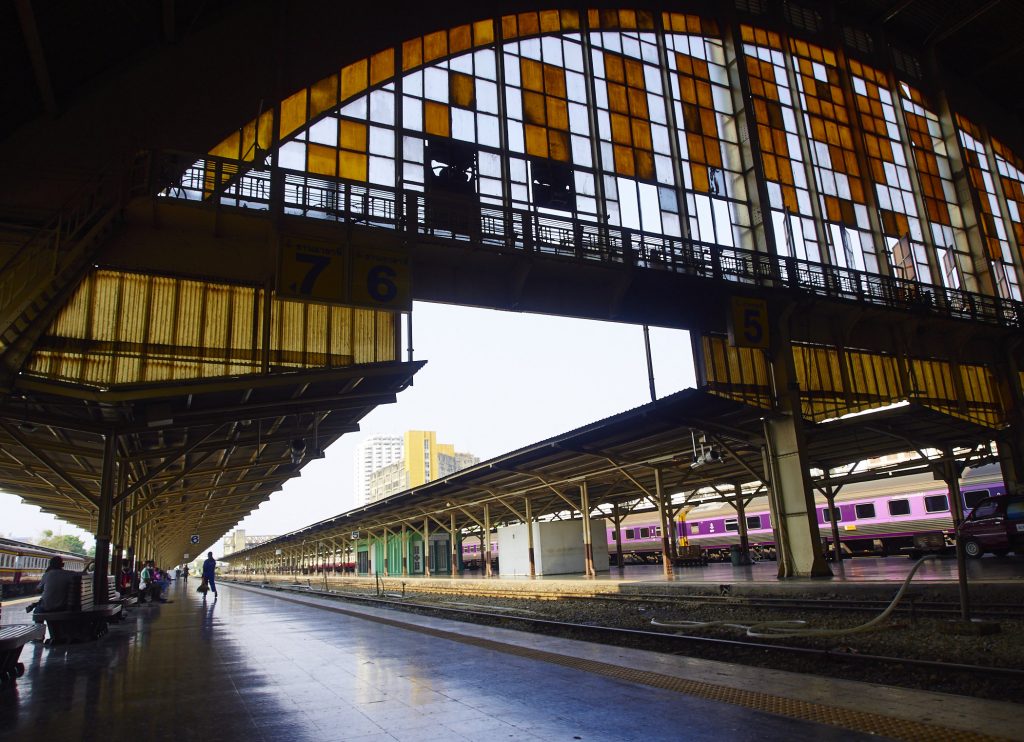

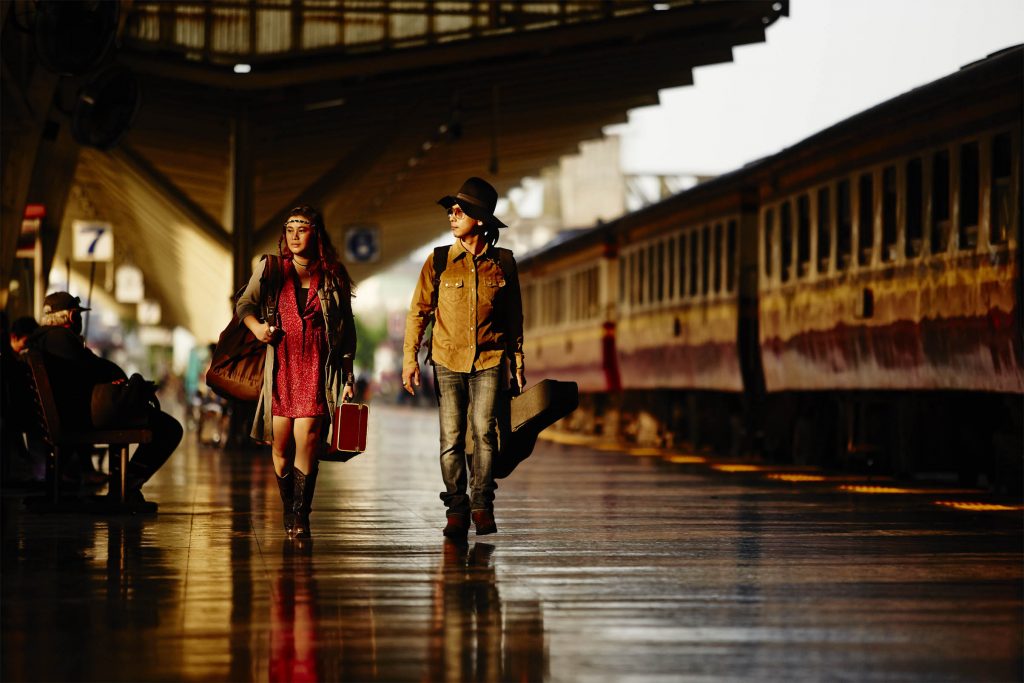

Outside, a few homeless people were hanging around a short distance from the main terminal. The long, recessed seating area between the underground escalator and the tuk-tuk queue was completely sealed off by red metal barriers with crime-scene stripes. A row of wooden benches at the bus stop had been removed.
There were more photographers than usual at the train station, mostly young hipsters who were taking turns lining up at the landmark spots to get their best shots. Train officers in khakis uniform were also taking selfies with their mobile phones. The backpackers have been gone since COVID broke out last year. Fewer and fewer trains are arriving each day.
It’s hard to tell if the odd atmosphere is merely due to the heightened measures to deal with the pandemic or if it “the end” of Hua Lamphong is truly upon us. It’s been a while since the news made headlines and became the talk of the town.
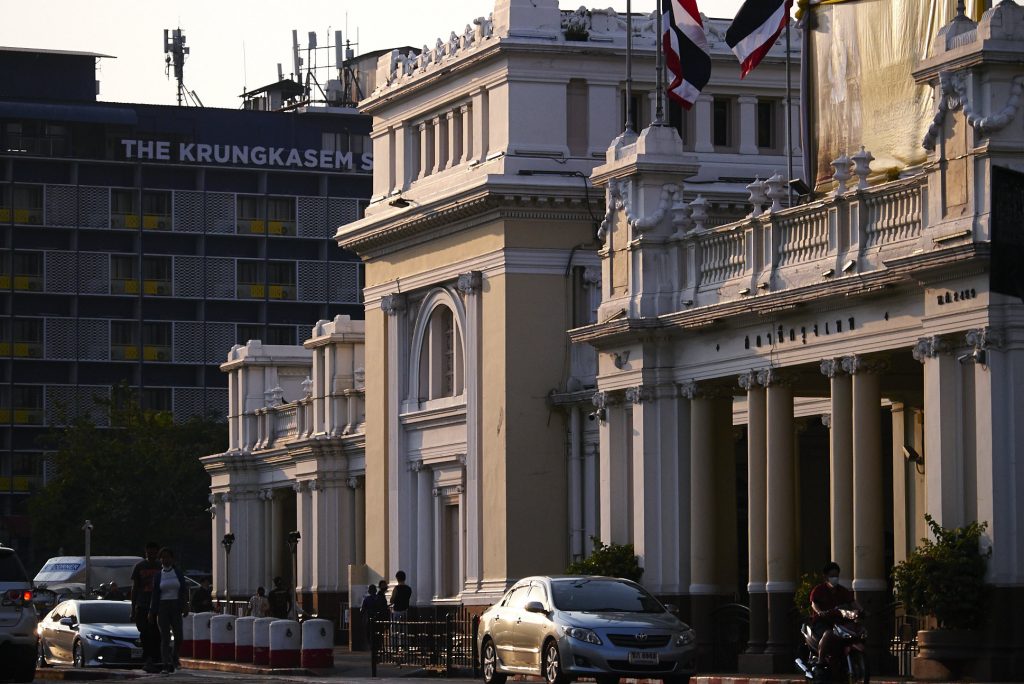

After 105 years in service, since 1916, Thailand’s “Grand Central” station is likely closing down for good by the end of the year, as the new Bang Sue station, far from the city centre, begins operations.
It’s still uncertain what will happen when the time comes. The transportation minister has given an ultimatum: “Not a single train will arrive at Hua Lamphong beyond November 2021.” The State Railway of Thailand, on the other hand, has said it will take a few years for the transition from Hua Lamphong to Bang Sue station to be completed. SRT officers use the term “reduced role” instead of “closing down.”
According to different plans that have been announced, the surrounding grounds will be turned into a mixed-used commercial complex, luxury condos, a hi-end shopping mall, etc. The main structure of the station will be converted into a railway history museum. But that’s only a plan. What seems final for now is that it will not function as a public train station anymore.
Around 1910, Mr. Mario Tamagno, an Italian architect serving the Thai ministry of construction during the reign of King Rama V, designed this then-modernest train station according to his Majesty’s wishes, similar to one he had seen in Frankfurt, where he had just visited.
It has a giant vaulted roof, Greek Ionic columns and Neo-Renaissance decor. The main feature is the arch grand entrance and colourful stained glass, with a 1.6-metre-diameter clock in the middle. A long straight hall under the roof is divided by rows of ticket booths into two sections. The main passenger waiting area is in front, and leads through to the four original platforms behind the booths.
Back when there was no such thing as overnight cargo, there was the Rachathanee Hotel operating here from 1924 to 1969, with a spectacular marble staircase, pillars and carved-wood ceiling. That was before it was converted into the train station’s offices.
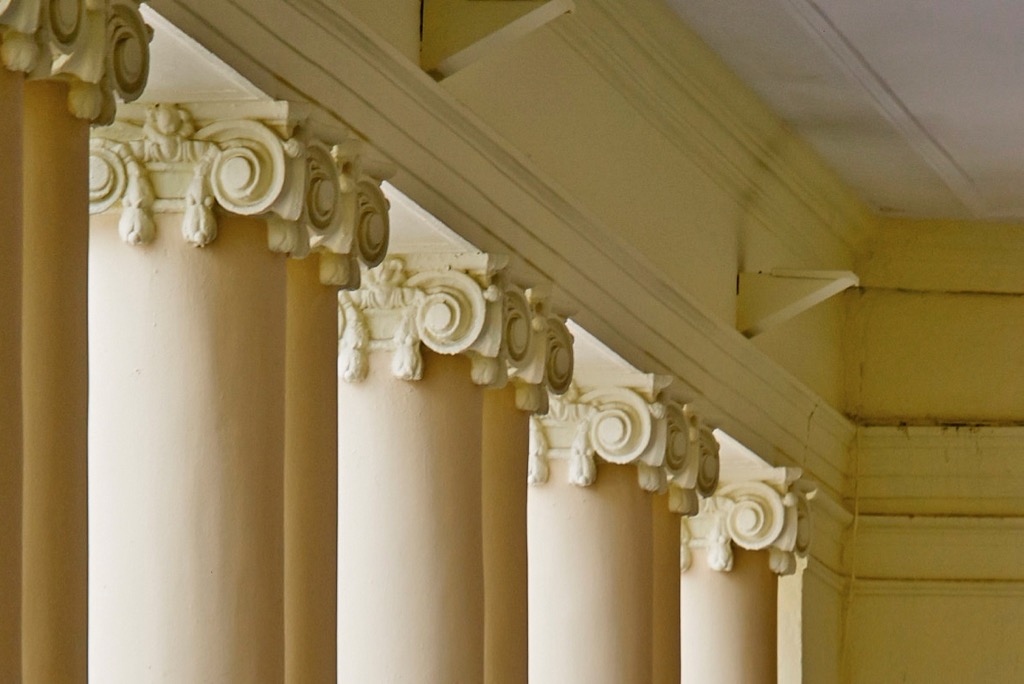

Hua Lamphong truly marks a turning point in the evolution and development of the kingdom. It changed the way people travelled from rivers to rails.
Back in the olden days, a boat ride up to Chiang Mai would take months; by train it took just two days. That changed how the country was governed. It expanded trade between far provinces. It influenced how wars were waged with neighbouring countries. And it changed how individuals connected with each other and how everyone was able to explore new frontiers.
When it first began, train travel was luxurious. Cars didn’t take over until roadways stretched throughout the country around the Vietnam war. Today, low-cost plane tickets cost less than first-class overnight cargo and it only takes 45 minutes to reach anywhere in the kingdom. Trains have been left behind for middle- to lower-class commuters, budget backpackers and those who love the nostalgic feel of this mode of transportation.
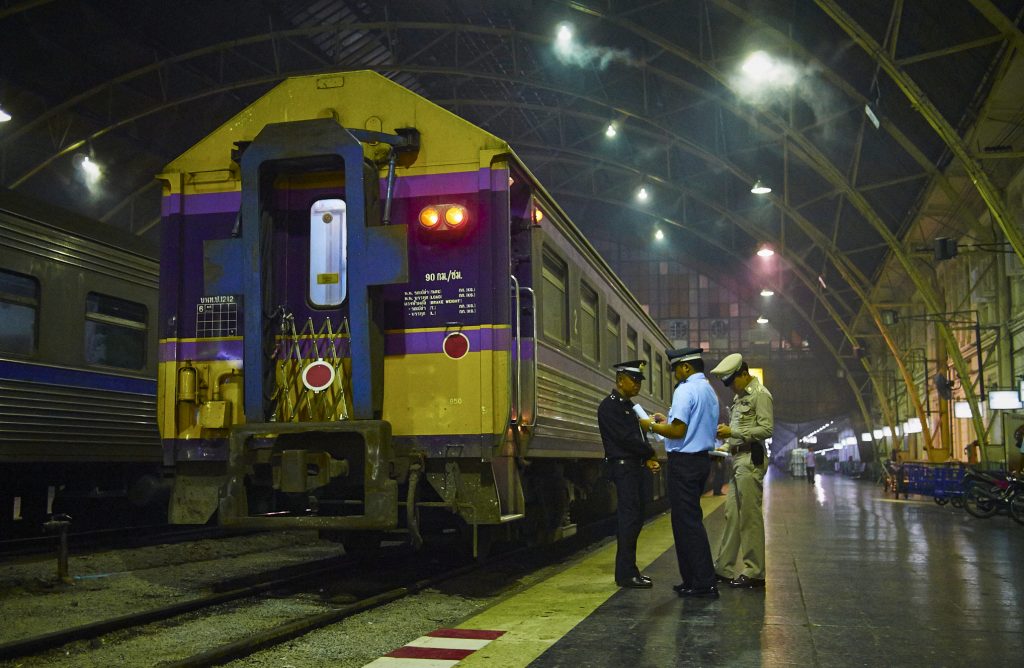

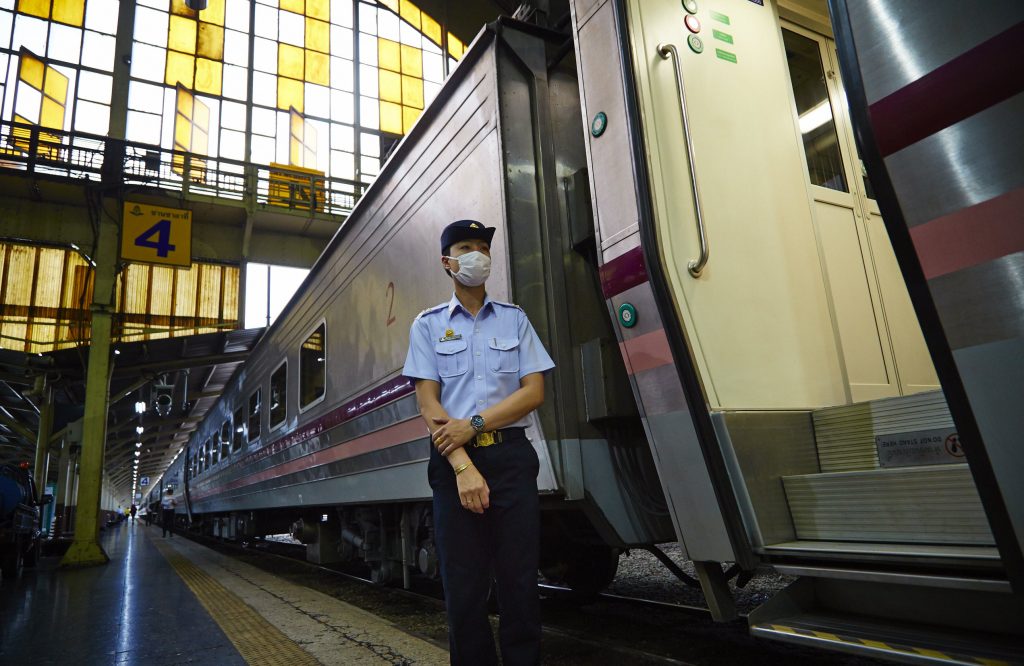

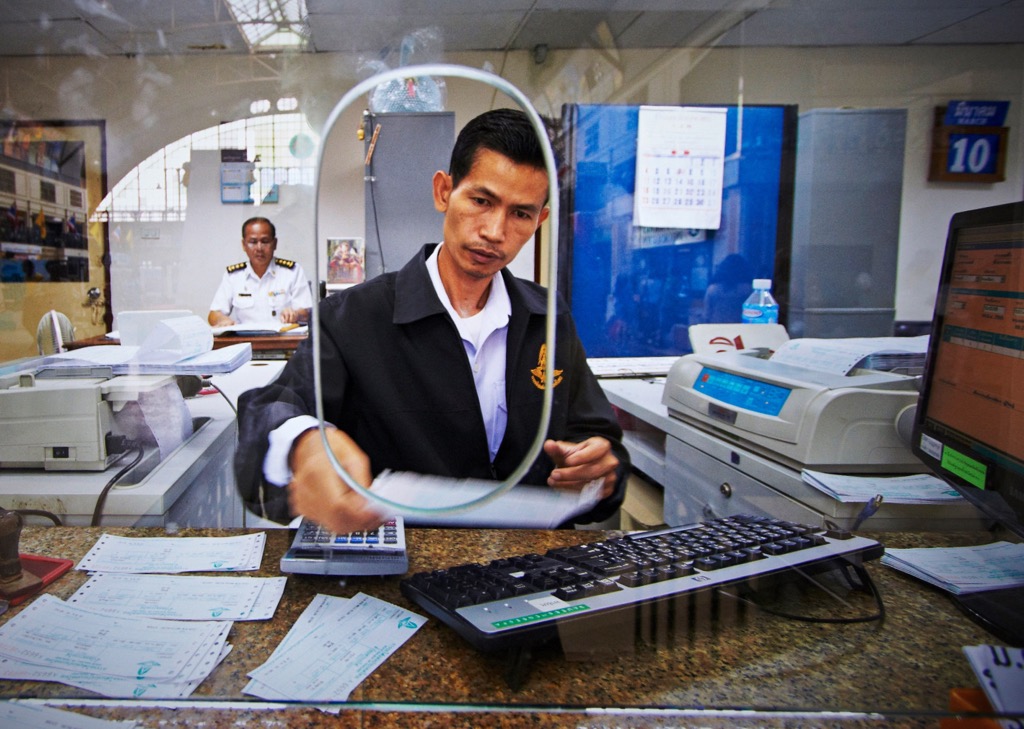

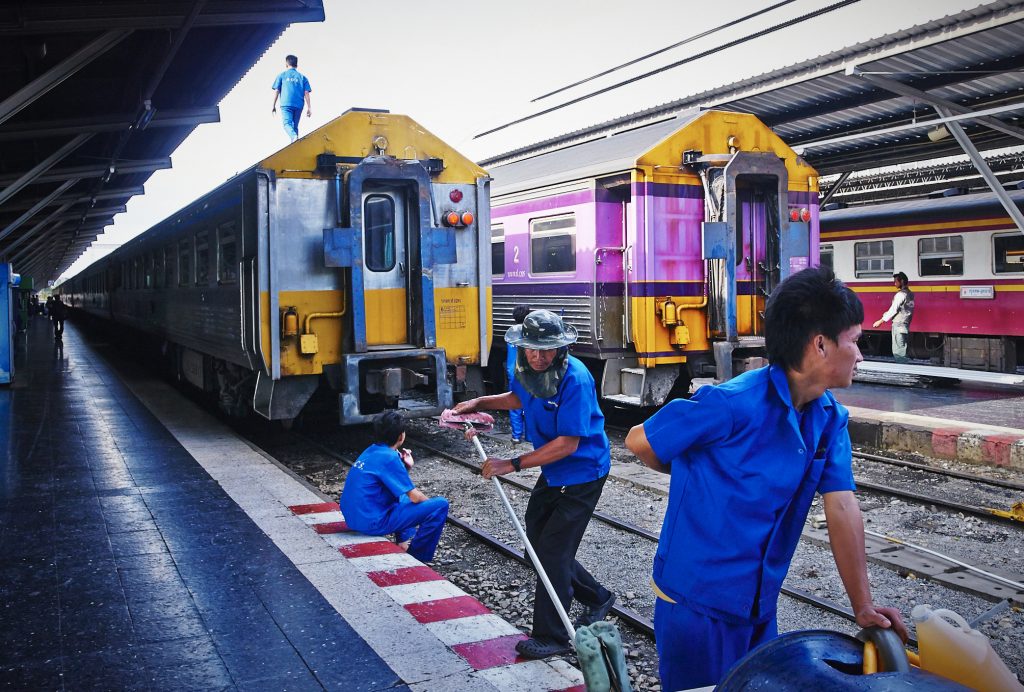

I’ve been visiting Hua Lamphong for as long as I can remember: from a little boy going on weekend trips with my family to a curious teen hopping around for kicks, then a college roamer, before becoming an eager young reporter. Even now, I hop on the train whenever I can. The smell of freedom always comes with the wind blowing through the 3rd class windows. Hua Lamphong was my departure point to so many places that taught me about life outside the classroom: from the hill tribes in the mountainous far north, to the deep south, all along the mighty Mekong River, throughout Isaan in the north-east, and everywhere in between.
This is where thousands of walks of life have crossed paths every day for over a century. Millions and millions of memories are left scattered around the station floors. Imagine all the scenes on these platforms throughout time. From troops going to the front lines in wars to backpackers flooding the halls when international travel was in full bloom. Those laughs, those tears, those waves goodbye.
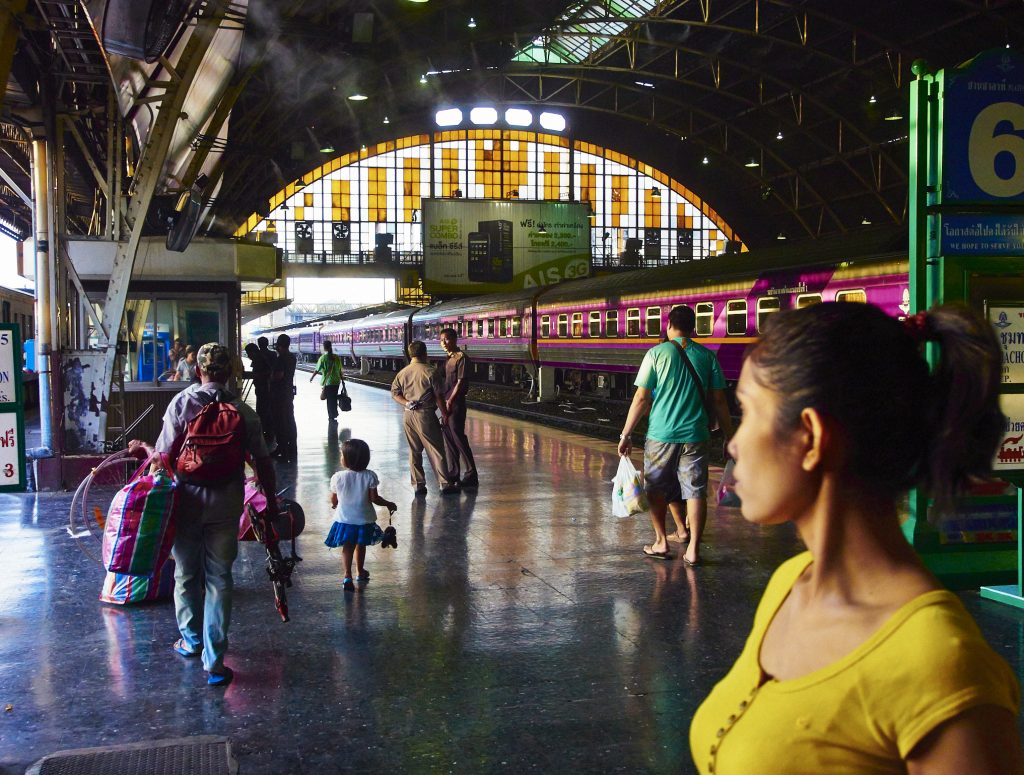

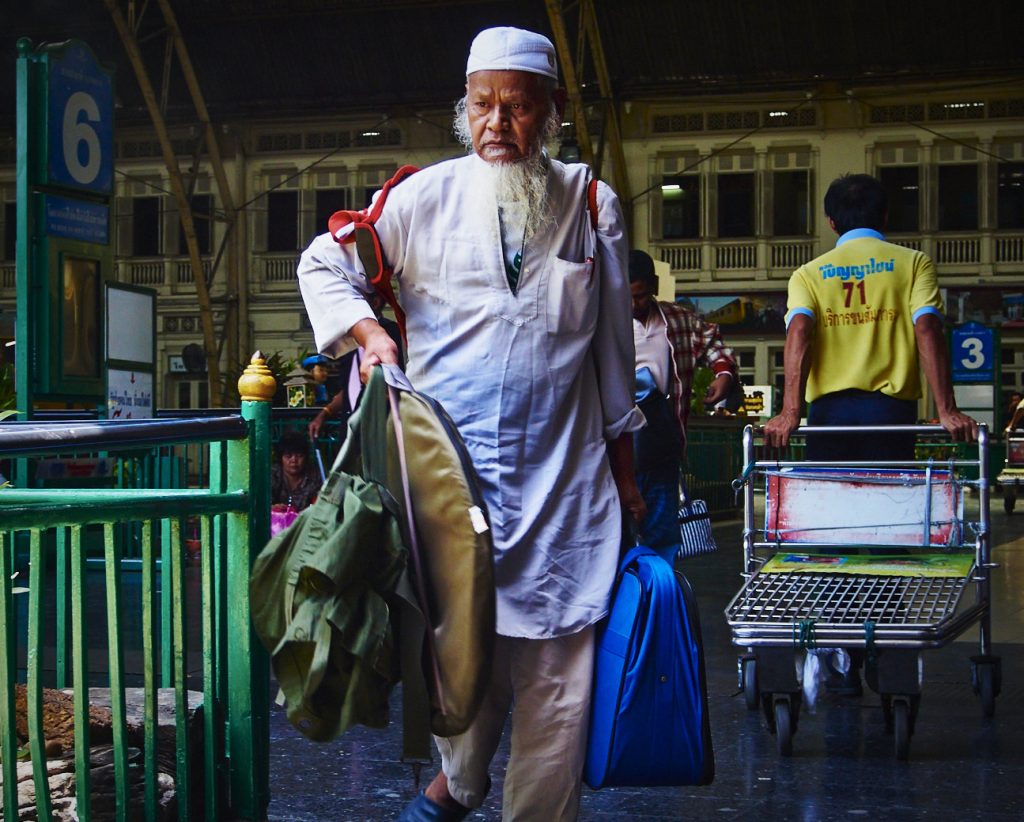

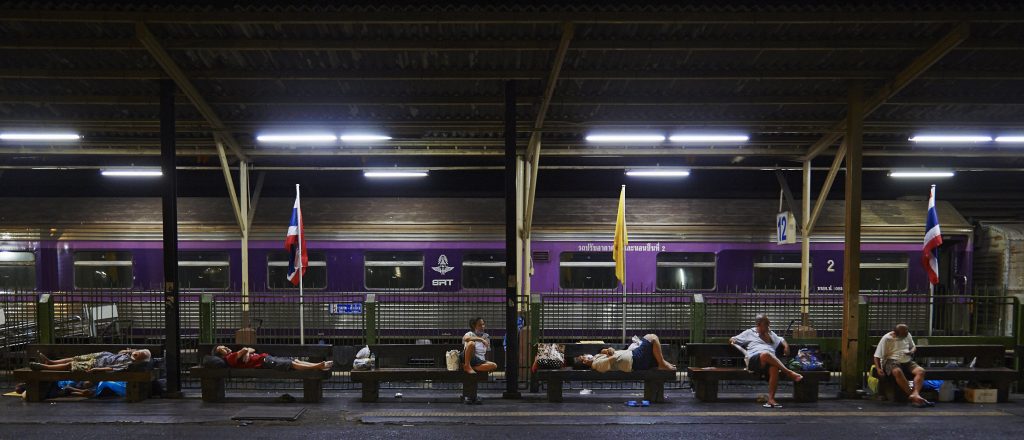

In recent years, Hua Lamphong has become an unofficial shelter for the homeless, a hangout for runaway kids and a night-lady’s joint. That may sound improper, even dirty to some. But I appreciate diversity in all its forms and I see the place as full of life. To me, the grungy vibes are as attractive as the building and its history. I’ve watched as one after another of this city’s “transformation” projects have ripped outdoor spaces (and all their memories) away from the people. I see no point of trading livelihood for neat, clean, flowery selfie spots with no other humans in them. Once a public space falls into private hands, it automatically pushes out the “public.”
I wish we all had a voice in taking care of these matters. I wish the places we grew up with remained the same forever. But that doesn’t seem to be an option. Hua Lamphong survived Allied bombs during WWII, but it couldn’t survive commercialization. Although it is heartbreaking, that’s just how things work.
And every time this happens, my seemingly pointless act of photographing strangers as they go about their daily lives in those places begins to make more sense.
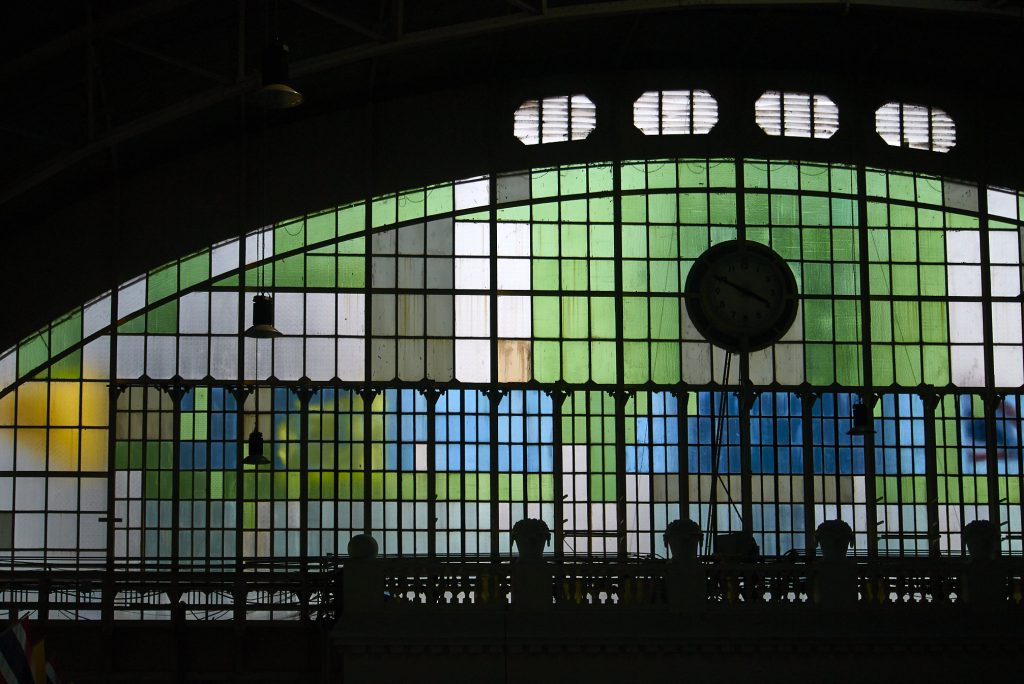








Leave a Reply